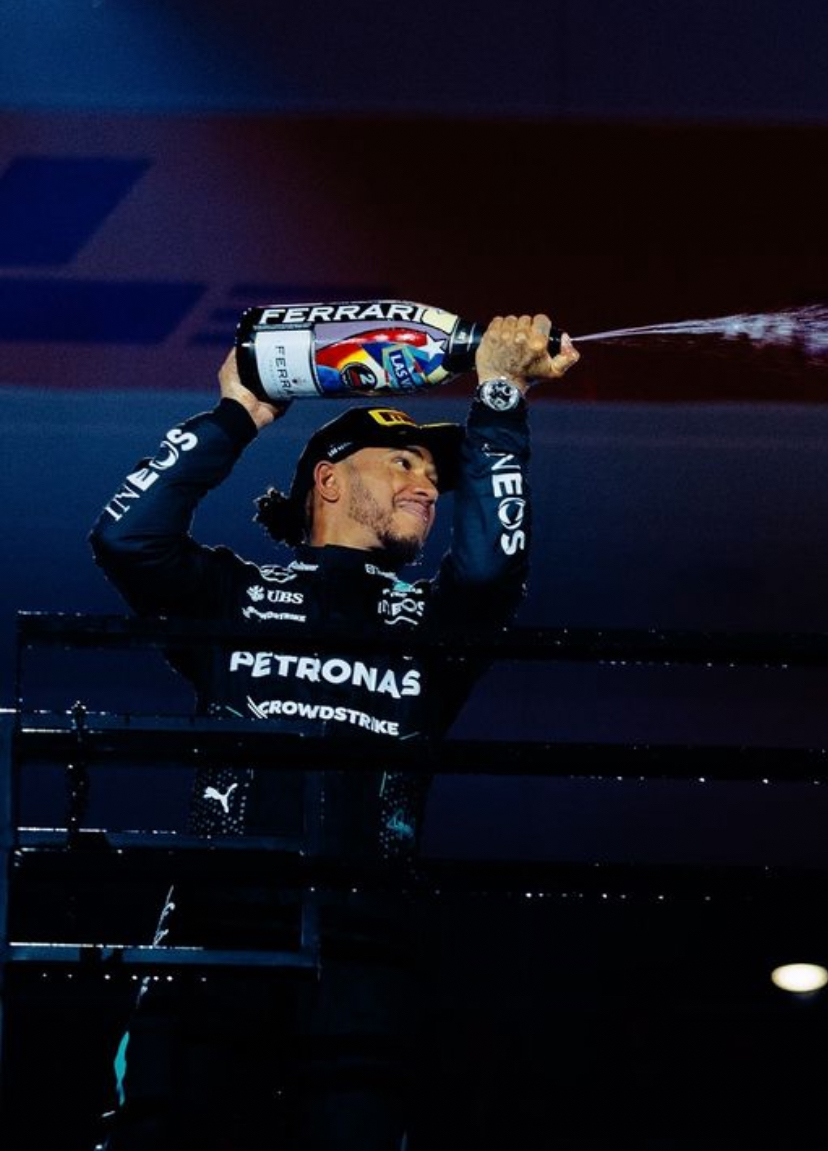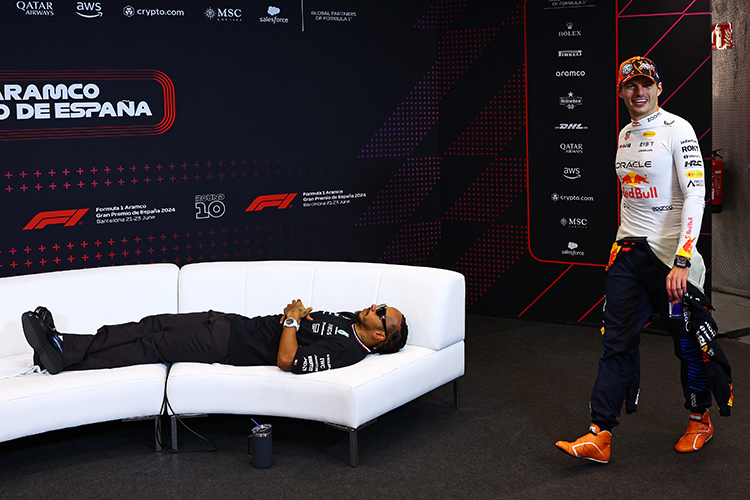Mercedes W16 revealed: F1 2025 tweaks analyzed ahead of Bahrain testing

Read next: Formula 1 World Champions — A legacy of racing legends
Mercedes W16 revealed: F1 2025 tweaks analyzed ahead of Bahrain testing
Mercedes has unveiled the W16 ahead of its first scheduled run in Bahrain, providing a first look at the team’s 2025 Formula 1 contender. With pre-season testing approaching, both drivers will conduct a shakedown to ensure all systems are operational while getting acclimated to their new machine.
Refining the W16: The final iteration before 2026
The W16 marks the last design in this regulatory era for Mercedes, with a completely new concept set to arrive in 2026. For this season, the team has focused on refining areas that hindered performance in previous years.
“Being the fourth year of these regulations on the chassis side, the cars are in the more mature phase. Big gains in lap time are harder to come by, but we’ve been concentrating on making improvements in the areas that held us back last year,” said Technical Director James Allison.
While major aerodynamic overhauls are unlikely, Mercedes has worked on fine-tuning aspects of last year’s W15 while adopting certain design elements from rival teams.
Front wing and suspension updates
The changes start at the front of the car, with Mercedes adjusting the length of the nose. The tip now sits ahead of the second element rather than extending to the leading edge of the mainplane.
The front wing retains a similar configuration to the version used at the end of the 2024 season, with a more evenly distributed chord height across its span. Additionally, modifications to the outer portion of the wing aim to improve outwash generation.
Suspension elements and fairings have also undergone subtle adjustments, with Allison hinting at more significant inboard changes not visible in the early images.
Sidepod and intake redesign
The W16 maintains Mercedes’ distinctive sidepod philosophy, featuring an overbite design with downward-sloping bodywork and a gentle waterslide effect. However, a major revision is evident in the intake layout.
Whereas the W15 utilized a P-shaped intake, the W16 adopts a twin-intake system similar to Red Bull’s design. Mercedes has opted for a wider vertical inlet, which in turn has reduced the height of the horizontal intake, allowing for further refinements to the surrounding bodywork.
Engine cover adjustments and rear-end refinements
Further modifications are present in the sidepod undercut and waistline, both of which have been tightened. However, the central section of the bodywork now features a more pronounced underbelly, which tapers off before blending into the sloped rear section.
The engine cover largely retains its previous form, with some adjustments made to accommodate repositioned components. Notably, Mercedes appears to have opted for a wider and longer section behind the airbox, resulting in a slightly shorter shark fin.
At the rear, speculation suggests that Mercedes has shortened its gearbox and crash structure, shifting the suspension forward. However, with limited images available, precise comparisons remain difficult until the car hits the track.
Aerodynamic evolution rather than revolution
Beyond the visible changes, key aerodynamic components such as the floor fences, floor edge, edge wing, beam wing, and rear wing are expected to evolve throughout the season as the team searches for further performance gains.
While the W16 does not introduce radical design shifts, Mercedes’ approach reflects a need to address the inconsistencies of previous models. According to Allison, much of the 2025 development has been dedicated to refining handling characteristics.
“Our primary focus has been on dialing out the W15’s slight reluctance to turn in slow corners, along with the imbalance in tire temperatures that made the car inconsistent from session to session,” he explained.
With pre-season testing just around the corner, Mercedes will be eager to validate its refinements on track and assess how well the W16 measures up against its competitors.
Up Next



